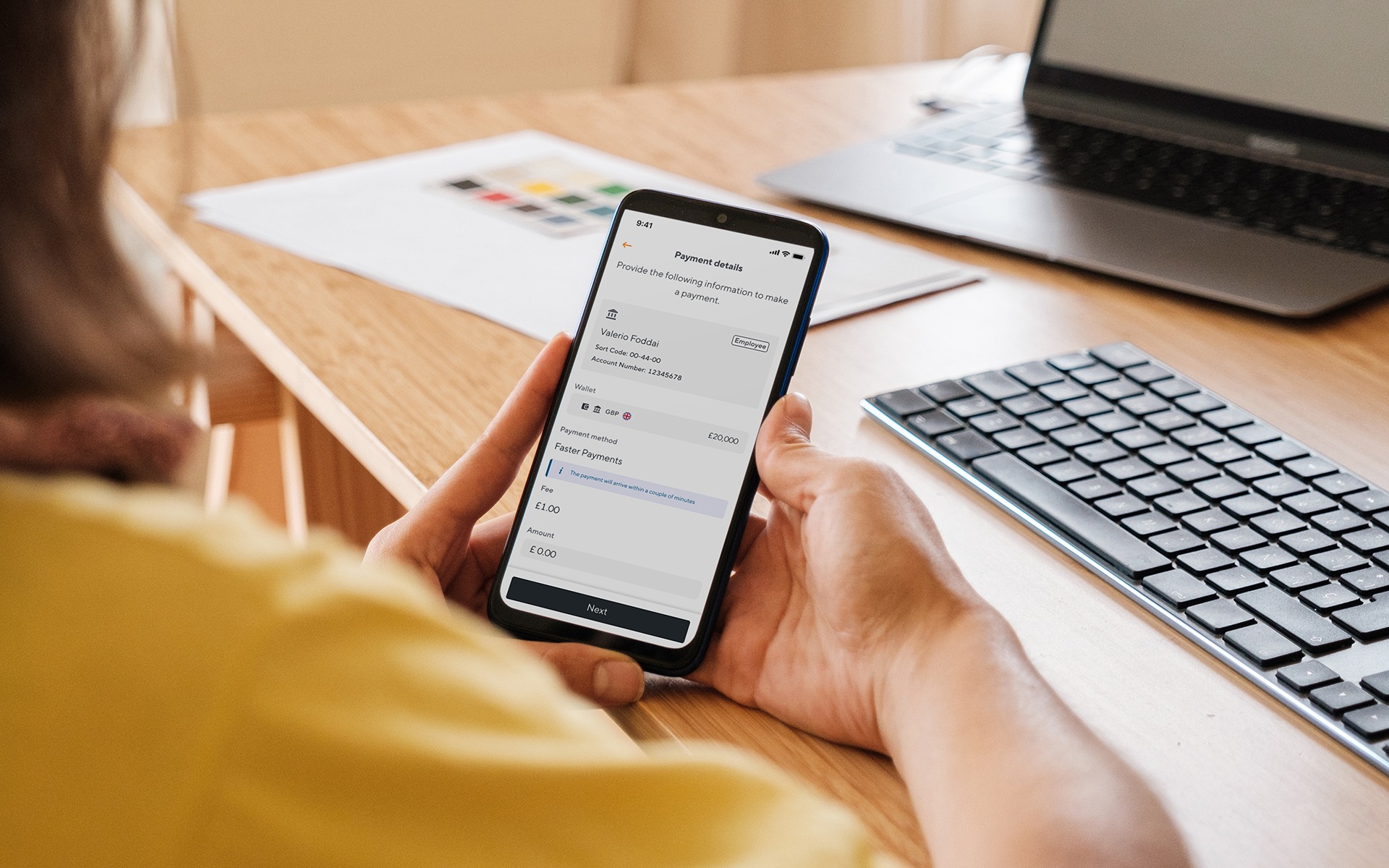Are you prepared for PSD2? Here’s what to do…
14 March 2020 marks the next major milestone in the roll out of the EU’s Second Directive on Payment Services (PSD2). The deadline places an obligation on banks, credit card merchants and any businesses involved in payments to take the appropriate steps to comply with the new regulation.
The transition to PSD2 will impact how businesses access and manage their use of payments infrastructure, meaning that it’s essential to get on the front-foot in preparing for the change.
What is PSD2?
PSD2 is set to revolutionise banking by giving customers power over their own financial data and choice over the services they use. This promises to bring a new era of increased transparency and competition in financial services – by opening access to financial data, consumers can grant access to third-party financial services providers to benefit from tailored products and get the best possible value.
To facilitate this, banks are working to meet the directive’s requirement that they make their data feeds open – safely and securely — to third-party firms which have the necessary customer authorisation and are regulated by the Financial Conduct Authority (FCA).
What does PSD2 mean for you?
As with any major industry change, the shift to PSD2 will involve a period of transition for businesses dealing with financial data. The transition poses various implications, including:
- the risk that information could be lost or rendered inaccurate as it’s being transferred.
- during the transition from third-party aggregation to direct bank feeds, businesses may experience issues with their bank and credit card feeds.
- PSD2 mandates reauthentication, between a bank and a third-party provider, every 90 days. If businesses do not reauthenticate, their service may stop working.
What can you do to get prepared for the upcoming PSD2 Deadline?
To get on the front foot and ensure your accounting operations don’t halt or suffer gaps in information, you can do the following things:
- Find and assess credible third-party financial services that offer better value than simply buying the equivalent from your bank.
- If you’re an accountancy practice, work with customers to help them be aware of any complexity, risk or change they need to manage as they shift to a third-party open-banking service.
Getting started
It’s not too late to prepare for the change. If you’re already a Soldo partner, then you’re one step ahead. If not, then now is the time to speak to your accountant so that they can help you solve your PSD2 headaches.








